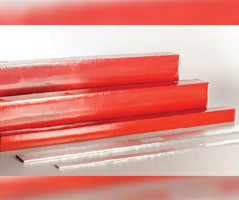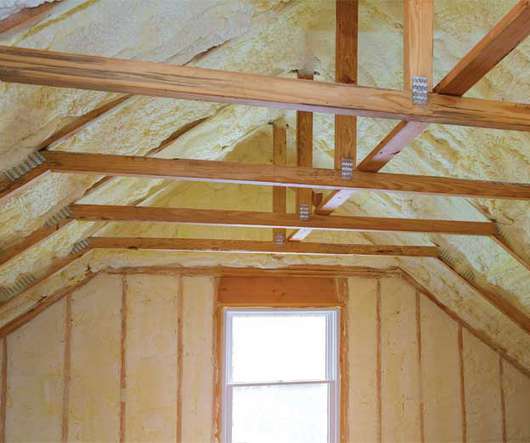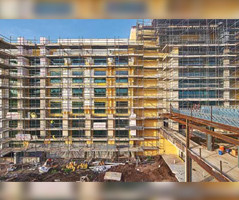Building Remodel for Energy & Money Savings
Wolgast Corporation
JUNE 3, 2024
If you’re currently ready for an office remodel, you have the potential to save a considerable amount of money by investing in modern, energy efficient products and installations. We've helped several school clients lower their energy expense and secure incentive money. Contact your energy company for a complimentary report.












Let's personalize your content